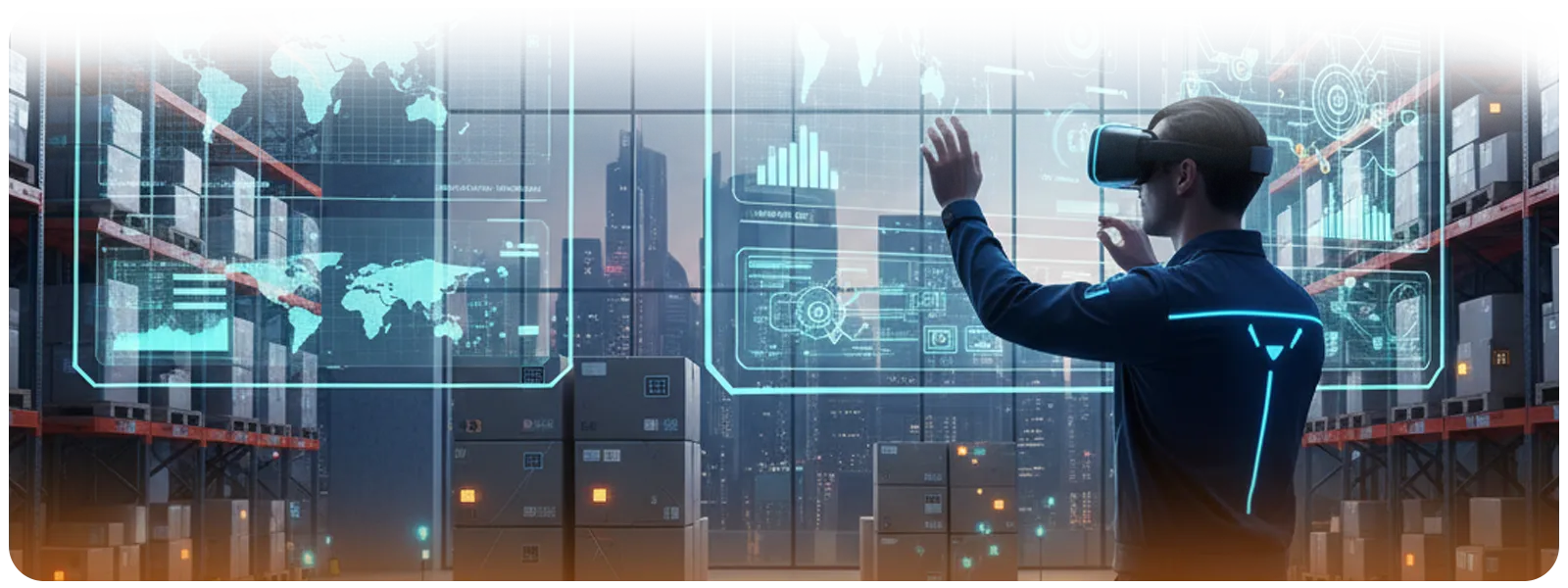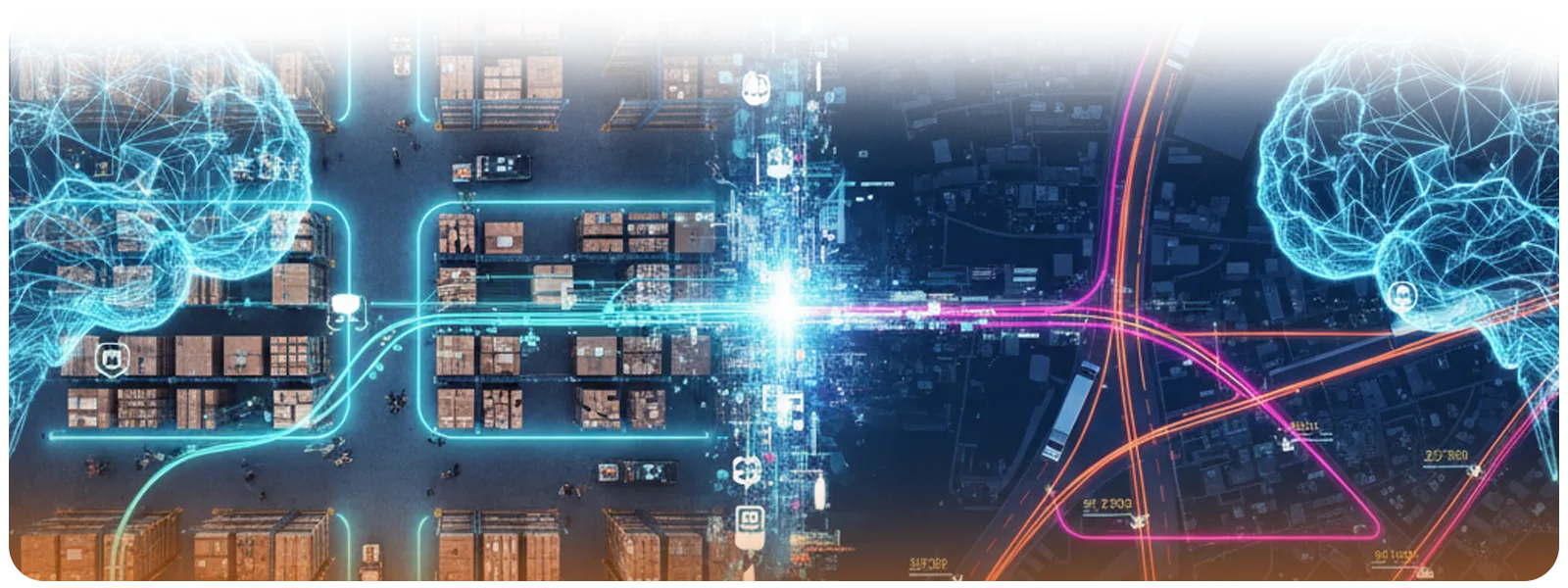
Tech-Enabled 3PL Outsourcing: A Guide to Logistics BPO Systems Integration
Imagine your business is booming, but you can't keep up with shipping. Tech-enabled 3PL outsourcing is like hiring a super-helper to handle all your storing, packing, and shipping. These
3PL outsourcing services free you up to focus on your business. But how do their computers know you have a new order? This post breaks down the tech magic behind
logistics BPO systems integration, showing how it can be a game-changer for your growth and save you from future headaches.
Why Tech-Enabled 3PL Outsourcing is a Business Superpower

Partnering with a 3PL outsourcing service isn't just about shipping; it's like unlocking special abilities for your company. Here’s how it gives you a competitive edge:
- Save a Ton of Money: You don't have to buy a giant warehouse or a fleet of trucks. The 3PL already has all that, and you just pay for the space and services you use. This shift from a huge upfront investment to a scalable operational cost is a massive financial advantage. On average, businesses that use 3PLs reduce their logistics costs by 13%.
- Get Your Time Back: Stop spending hours packing boxes and standing in line at the post office. Let the experts handle the logistics so you can get back to focusing on what you do best, like inventing new products, improving your marketing, or talking to your customers.
- Grow Bigger, Faster: Want to sell to customers in a new state or even another country? A 3PL likely already has a warehouse there. You can start selling in new markets almost overnight without having to build anything yourself, making expansion faster and less risky.
- Access to Cutting-Edge Technology: Top 3PLs invest heavily in the latest technology, including advanced warehouse and transportation management systems.
- Through logistics BPO systems integration, you get all the benefits of this cutting-edge tech without having to build or buy it yourself. 1
The Tech Magic Behind Logistics BPO Systems Integration

For everything to work smoothly, your systems and your 3PL’s systems need to talk to each other. This happens through some impressive technology. Think of the 3PL as having two super-smart computer brains running the show.
- The Warehouse Brain (WMS): A Warehouse Management System (WMS) is the master controller inside the warehouse. It knows where every single one of your products is, down to the exact shelf. When an order comes in, the WMS tells the workers the fastest way to find it, pack it, and get it ready to ship.
- The Truck Brain (TMS): A Transportation Management System (TMS) takes over once the package is ready to leave. It’s the logistics expert that figures out the best, cheapest, and fastest route to get the package from the warehouse to your customer's front door.
So, how does your online store notify the 3PL's "Warehouse Brain" that you've just received a new order? Through two primary methods of communication:
- EDI (The Formal Letter): Think of Electronic Data Interchange (EDI) as a very formal, structured letter. It sends batches of information, like a stack of new orders, at set times. It’s super reliable and has been the standard for decades, but it’s not always instant.
- API (The Instant Text Message): An Application Programming Interface (API) is like a real-time text message between computer systems. It’s fast and flexible. This is the tech that allows a website to show "only 3 left in stock!" by checking the warehouse inventory that very second.
The best tech-enabled 3PL outsourcing services use both. They use EDI for big, standard communications and APIs for the instant, real-time updates that keep customers happy.
A 5-Step Plan for a Perfect Logistics BPO Systems Integration
Choosing a 3PL outsourcing service is like picking a partner for a big school project. You need to work well together to get a good grade. A successful logistics BPO systems integration doesn't happen by accident; it follows a clear plan.
- Know What You Want. Before you start looking, make a list of your goals. Do you want to ship faster? Save money? Sell in new places? Be super clear about what success looks like so you can find a partner who can help you get there.
- Do Your Homework. Don't just pick the cheapest option. Visit their warehouse to see how they work. Talk to their other customers. Most importantly, make sure their technology can easily connect with yours and that they are friendly and easy to work with.
- Draw a Map Together. Once you've picked a partner, plan out exactly how the information will flow between your systems. When an order comes in, what happens first? Second? Third? Test every single connection before you go live to avoid any surprises.
- Start Small. Don't move all your products over at once. That's too risky. Start with just one product line or one region of the country. Work out any kinks in a controlled way, and then expand. This makes the whole process much safer and smoother.
- Keep Talking. A great partnership is all about communication. Schedule regular meetings to look at the data together. Are orders going out on time? Are customers happy? Talking openly and often ensures you are both working towards the same goals.
What's Next? The Super-Cool Future of Shipping

Connecting your systems with a 3PL outsourcing service is the foundation for some amazing future technology. This is just the beginning of making your supply chain smarter and faster.
- Crystal Ball AI: Imagine a computer that can predict the future. Artificial Intelligence (AI) can look at data and forecast what people will want to buy next month or even next year. This helps you make sure you never run out of your most popular items.
- Smart Robots: Warehouses are already using smart robots that can drive around, pick up items from shelves, and help sort packages. These robots work 24/7, making everything faster and more accurate while helping human workers with the heavy lifting.
- Total Visibility: Soon, tiny sensors (part of the Internet of Things, or IoT) will be on every box. These sensors will tell you exactly where your package is in real-time and even monitor if it's being kept at the right temperature, which is perfect for things like food or medicine.
Frequently Asked Questions (FAQs)
1. What does a 3PL actually do for companies?
A 3PL handles logistics functions such as storage, fulfillment, and transportation, giving businesses more time to focus on growth and strategy.
2. Why are more companies outsourcing logistics in 2025?
Rising costs, complex compliance, and labor shortages make outsourcing attractive. 3PLs provide the tech, expertise, and scalability businesses need.
3. How do 3PL systems connect with my business platforms?
Most integrate directly with e-commerce, ERP, or order systems, automating data flow for inventory, shipping, and customer updates.
4. How long does it take to get fully set up with a new 3PL?
Onboarding usually takes 12–18 months, often starting with a smaller pilot to test processes before scaling across operations.
5. What’s the difference between working with a 3PL and a 4PL?
A 3PL manages specific logistics tasks. A 4PL acts as a lead logistics partner, coordinating multiple providers and giving you one point of control.
6. What’s the biggest mistake companies make when outsourcing?
Choosing solely on cost. It’s critical to assess technology, communication, experience, and their ability to adapt as you grow.
7. Can outsourcing help me expand into new markets?
With nationwide or global networks, 3PLs allow you to launch in new regions quickly without building your own infrastructure.


